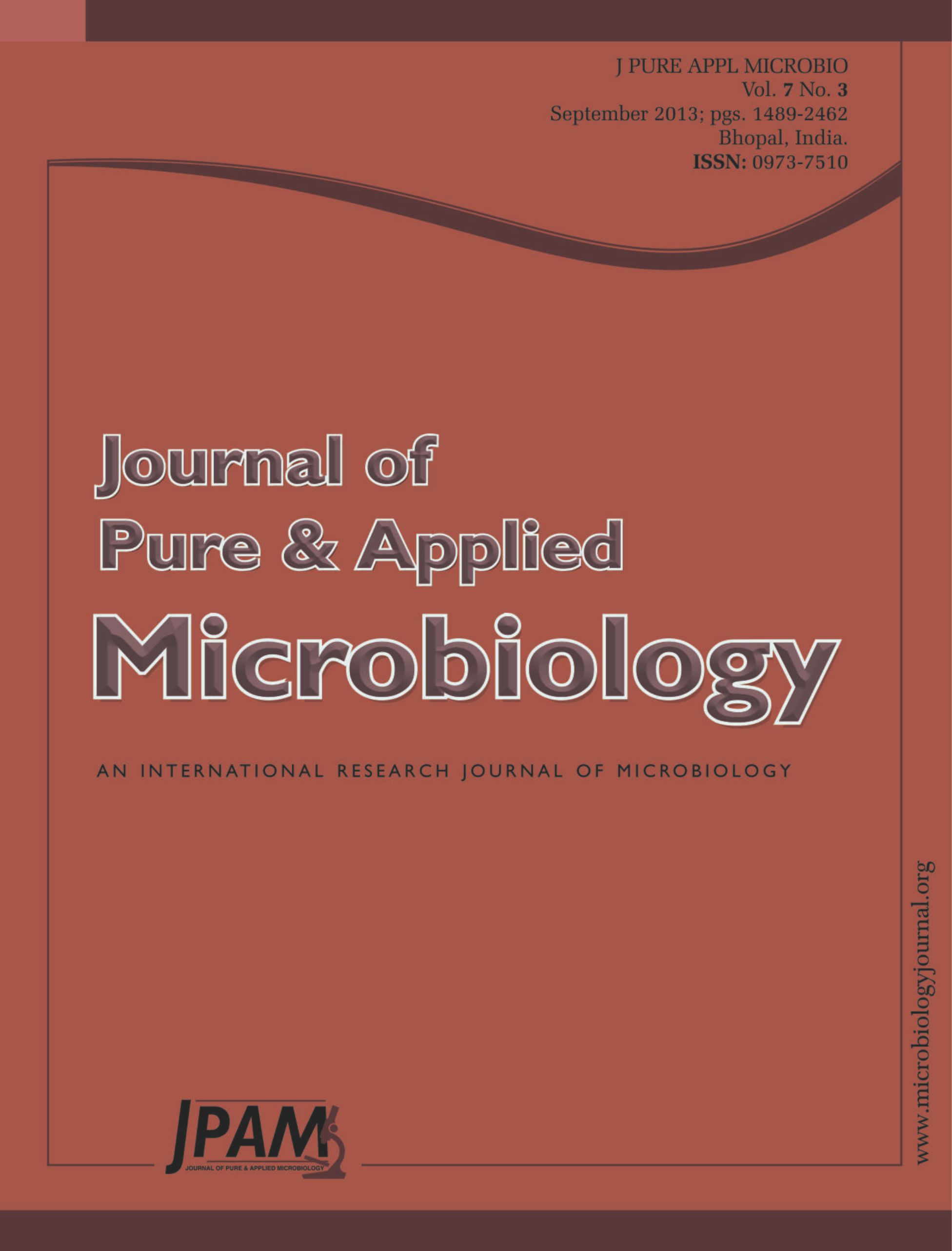Marine microbes have been attracted more attention as a source for novel enzymes because they were relatively stable and active. Bacteria particularly have been regarded as treasures of many useful enzymes: amylases, proteases, lipases, hydrolases and reductases. The bacterial genus Bacillus proved to be an important source of amylase in food, paper, textile and laundry industry. In the present study, a-amylase producing Bacilli were isolated from coastal waters of Bay of Bengal, Visakhapatnam, were characterized by employing various cultural, morphological and biochemical methods. Serially diluted samples were cultured on Starch agar plates and incubated for 24 h at 37°C, and then the plates were flooded with Lugol’s solution. The colonies showing large halo zone of starch hydrolysis were selected for further screening of Amylase activity. Six isolates of Bacillus cereus; B.cereus r1, B.cereus r4, B.cereus a5, B.cereus F6, B.cereus f1 and B.cereus g1 were selected and identified. The enzyme activity was estimated by DNS method for all isolates which were inoculated in nutrient broth and incubated at 370C for 24 hours. The Amylase activity of B. cereus f1 was found to be maximum, 1430 µg/ml and three isolated B.cereus a5, B.cereus F6 and B.cereus g1 showed within a range of 1000 to 1162 µg/ml and other two showed < 1000 µg/ml.
Bacillus cereus, a-amylase, Cultural, Morphological, Biochemical characterization
© The Author(s) 2014. Open Access. This article is distributed under the terms of the Creative Commons Attribution 4.0 International License which permits unrestricted use, sharing, distribution, and reproduction in any medium, provided you give appropriate credit to the original author(s) and the source, provide a link to the Creative Commons license, and indicate if changes were made.


